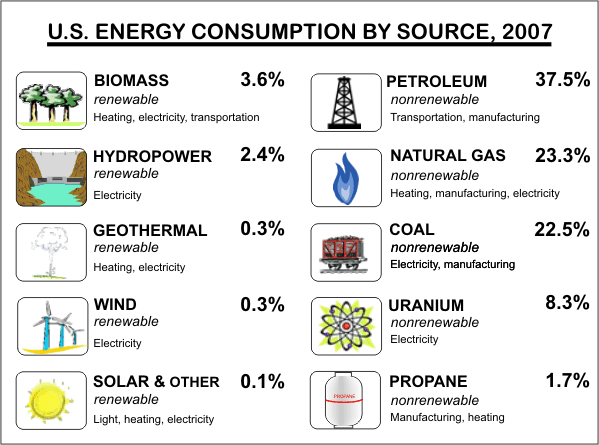Discuss how DNA replicates. In your discussion, you should explain:
- How replication begins.
- The roles of the main enzymes involved.
- Leading and lagging strands
- Okazaki fragements
- The source of materials for replication
(Remember, there are 5 parts to this question)
1. Replication begins when the two strands of DNA separate. This occurs by breaking the hydrogen bonds between base pairs and is carried out by the enzyme helicase.
(Scholarship: This begins at specific points along the DNA molecule called replication origins. At these points, replication initiation proteins recognize the unique base sequence and allow attachment of the helicase enzyme. Eukaryote chromosomes may have many ‘origins’.)
2. Enzymes involved include –
1) helicase: unwinds DNA strands (breaks hydrogen bonds between base pairs) and splits the two strands apart.
2) Gyrase: releases the tension in DNA strands that result from the unwinding processes.
3) RNA polymerase: synthesizes and attaches short RNA primers that allow attachment of DNA polymerase III
4) DNA polymerase III: extends RNA primers by addition of new DNA nucleotides, the exisdting strand acts as a template (complementary base is added), and on one side of the DNA molecule this creates Okazaki fragments
5) DNA polymerase I: replaces RNA primers with DNA
6) Ligase: joins Okazaki fragments, completing the lagging strand.
3. On the 3′ to 5′ DNA strand, DNA polymerase III adds nucleotides continuously : called leading strand. On the 5′ to 3′ DNA strand, DNA is added in short lengths (Okazaki fragements); these are later joined by ligase – called lagging strand.
4. Okazaki fragments are short length of DNA (1000 to 2000 nucleotides long), formed because DNA polymerase III only synthesizes new strands in the 5′ to 3′ direction. Anti-parallel nature of DNA.
5. Materials required by this process (mostly enzymes and nucleotides) originate in the cytoplasm where they are synthesized by enzyme specific to this function. This occurs during interphase(mitosis).
6. DNA replication is semi-conservative. This means that the two original strands of the DNA molecule each become one of the strands in the daughter DNA molecules. This daughter molecules therefore consist of one parental and one newly synthesized strand.
Ref: AME NCEA L3, Biology workbook(2008)









